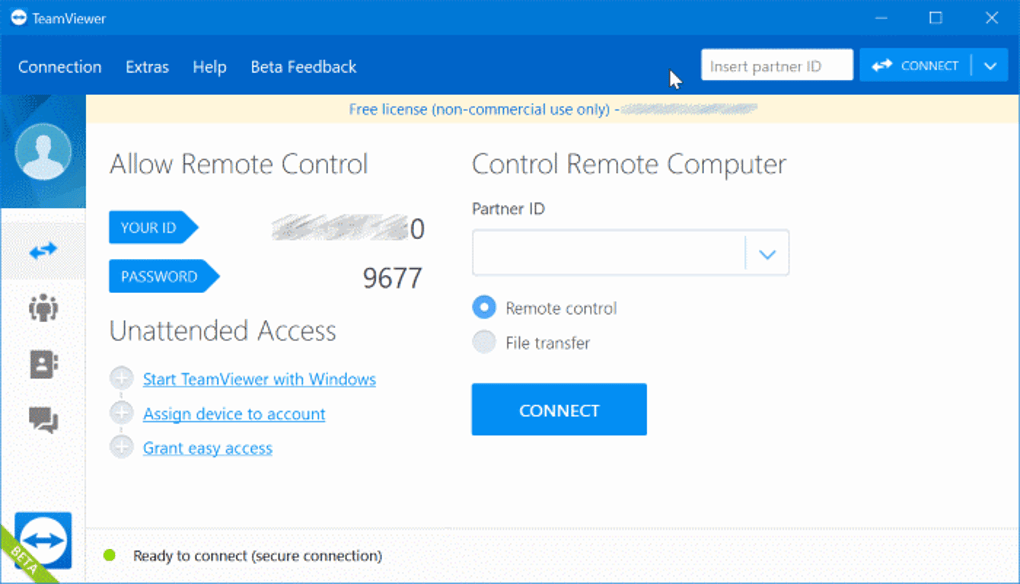

With the ability to process data effectively, widespread automation and efficiency gains were possible. The third industrial revolution and the information age had begun.

The second Industrial Revolution, beginning around 1870, saw the emergence of the first businesses that meet our current definition of “industry.” Assembly line production became standard, and the introduction of standard parts and the availability of inexpensive steel made it possible to use machinery on a scale previously unthinkable.Īfter the end of World War II, digital control methods and the first computers found their way into manufacturing. Since then, innovations such as the widespread use of steam locomotives and rail transportation have been adopted at a rapid rate. With the invention of the steam engine, the mechanical loom, and the general shift toward machine-based manufacturing, the first industrial revolution began around 1760. In industrial manufacturing there has always been a remarkable interest in making improvements and increasing productivity. In return, they will be rewarded with greater dynamism, efficiency and resilience to market changes.īackground: The history of smart manufacturing Industrial companies that opt for the path to smart manufacturing will have to question traditional methods and ways of thinking. Increasing automation, new, intelligent manufacturing software and ever more extensive collection and use of data are creating new optimizations. Smart manufacturing should be understood as an ongoing process of further development. Only in this way can the individual areas work together effectively and form a unit, the smart factory. Furthermore it has been recognized that an automated data exchange between all subareas of production is necessary to make the whole process as efficient as possible. They provide for technical and organizational improvements in the entire production process. The main drivers of this process are further developments in the fields of data science, sensor technology/monitoring and artificial intelligence.

This innovative approach is enabling industrial companies to make revolutionary advances in terms of adaptability, efficiency and future viability. Sensors connected via the Internet monitor all sub-steps and generate data that is further processed using artificial intelligence, among other things. Smart manufacturing is an umbrella term for a number of technological and organizational innovations that have been introduced in recent years. Definition: What is meant by smart manufacturing?


 0 kommentar(er)
0 kommentar(er)
